
Photo Gallery | 179518 Views | May 06,2019
Aug 23 , 2025.
The foreign-exchange board inside commercial banks told two stories last week. On the surface, the Brewed Buck slipped gently against the Green Buck, obeying the two percent corridor the Central Bank likes to see. Dig a little deeper, and the tidy averages gave way to wilder brushstrokes.
A state-owned giant hoisting its prices by a chunky margin; an up-and-coming lender paying way above the pack to lure scarce dollars; a rival conceding ground with cut-rate bids; and a regulator that published spreads so thin they looked more like placeholders than executable quotes. For corporate treasurers and businesses alike, the gaps mattered in real money, revealing how fragile the appearance of discipline can be when individual forex desks still chase their own incentives.
Between August 18 and 23, 2025, the twenty-plus commercial banks that post daily cash rates clustered close to the Central Bank’s corridor. The average buying rate for the week landed at 138.9 Br to a dollar, and the average selling rate at 141.7 Br, a textbook two percent gap. Median readings on each trading day remained largely unchanged. Buying medians hugged a tight band between 138.8 Br and 138.95 Br; the selling median sat almost motionless at 141.7 Br.
Even the interquartile range, the middle 50pc of quotes, rarely widened beyond 0.15 Br on either side of the median. To policymakers, that grid of numbers said “managed stability.”
However, averages can deceive. Oromia Bank illustrated how one forex desk can break ranks while remaining nominally within the rules. All week, the Bank’s buying quote stayed between 141.52 Br and 141.67 Br, topping out at 141.66 Br on its highest day, about 4.33 Br above the industry average and 0.41 Br higher than the Central Bank’s weighted average. The strategy was to pay a premium, harvest more foreign currency, then turn around and sell it at the official cap.
In a market where demand chronically outstrips supply, that premium acted as a magnet for exporters and remittance agents hunting the best deal.
Global Bank (Ethiopia) chose the opposite tactic. It fixed its buying rate at 136.39 Br, nearly 2.5 Br below the mean. By standing pat, its forex managers saved margin but surrendered volume to competitors unafraid to pay up. Whether the Bank sought to husband liquidity or saw little need to chase retail dollars, its quote drew a clear line in the sand, signalling that some banks prefer predictability over the scramble for flow.
The Commercial Bank of Ethiopia (CBE), the state-owned behemoth whose decisions often steer the whole pack, jolted attention by lifting both sides of its board by roughly two Birr in one go, a leap of scale in a market where moves are usually measured in tenths. The adjustment appeared to be a bid to close the yawning gap between official cash rates and the faster-moving parallel market. It also shored up the Bank’s appeal to exporters who might otherwise bypass an institution perceived as slow to keep pace.
Smaller banks received cover to shadow the raise or shade underneath it. Either way, CBE’s muscle reset the informal reference point for the week.
Then came the anomalies that punctured the uniformity of the view. The most striking outlier was the Central Bank itself. On August 18, it printed a buying rate and selling rate of exactly 140.64 Br, with no spread at all. The next day, the margin widened to 0.70pc, shrank to 0.57pc on August 20, collapsed to 0.03pc on August 21, and vanished entirely again on August 22 and 23.
No commercial rival ventured outside the two percent guardrails, making the Central Bank’s oscillations stand out like a mis-struck note. In most markets, a zero spread screams “indicative, not tradeable.” If clients mistook those numbers for firm cash quotes, they could chase arbitrage ghosts and muddy price discovery for the rest of the street.
A less dramatic but still telling deviation came from Ahadu Bank. On August 18, its board showed a buying price of 138.43 Br and a selling price of 141.21 Br, a margin of 2.01pc, a hair above the ceiling. Three days later, the spread slipped to 1.97pc, a shade under the benchmark. The moves were barely visible to customers, yet they exposed either rounding quirks or a deliberate attempt to test whether the market would notice micro-experiments in pricing.
The third outlier was Tsehay Bank, whose opening quote on August 18 and 19 placed its buying rate at 134.9 Br while peers clustered around 138.9 Br. Matched with a selling rate of 137.6 Br, the spread itself sat neatly at two percent, but the level lagged the market by almost four Birr. For a client exchanging 10,000 dollars, that discount equalled roughly 39,900 Br left on the table. By August 20, Tsehay raced back toward the crowd at about 138.8 Br, uncovering that the initial figure may have been stale, misclassified, or plain keyed in wrong. Regardless of cause, the gap was too wide to ignore.
For policy officials, these anomalies could expose the frailty beneath a highly regulated façade. A corridor can guide the middle but cannot fully dictate the edges. Banks with substantial Birr balances or urgent hard-currency needs would adjust their quotes until they reach the risk tolerance enforced by the supervisor. The Central Bank’s own razor-thin spreads imply that those postings are more reference data than executable orders; yet, without a disclaimer, they blur the line between policy signals and market prices.
For businesses, the message is to shop around, and time is of the essence. A spread that falls below 0.10pc or stretches beyond 2.05pc ought to trigger alarm bells. Likewise, any buying or selling rate that veers more than one Birr from the day’s median should be treated as an anomaly worthy of a second phone call. In an economy where profit margins are already tight and foreign currency is scarce and policy-driven, a difference of a few Birr to a Dollar can impact input costs, raise import bills, or erode sales proceeds.
The pattern from August 18 to 23 captures the managed decline of the Brewed Buck in slow motion. The averages revealed a currency slipping steadily, allowed to drift by the authorities, but only within certain limits. The anomalies, however, painted a picture that a state lender adjusting to parallel-market realities, a private bank chasing every spare Greenback, a conservative bank content to lose transactions, a regulator that blurs policy and price, and a newcomer whose quotes briefly lagged the field by nearly four Birr. None of these episodes on their own overturns the view of a controlled system. Together, they remind the market that the façade of uniformity conceals individual calculations, and those calculations can result in either costs or gains.
PUBLISHED ON
Aug 23,2025 [ VOL
26 , NO
1321]

Photo Gallery | 179518 Views | May 06,2019

Photo Gallery | 169713 Views | Apr 26,2019

Photo Gallery | 160643 Views | Oct 06,2021
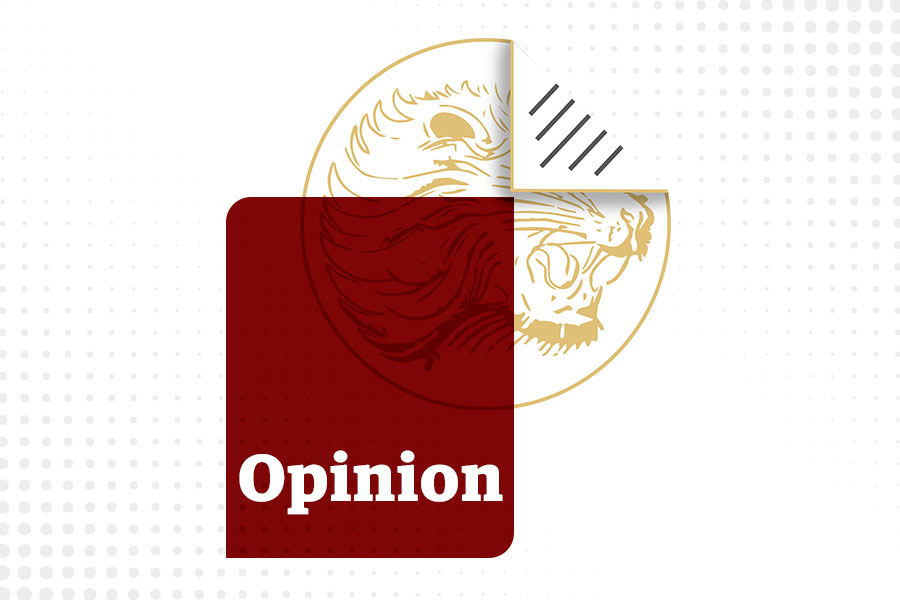
My Opinion | 137187 Views | Aug 14,2021
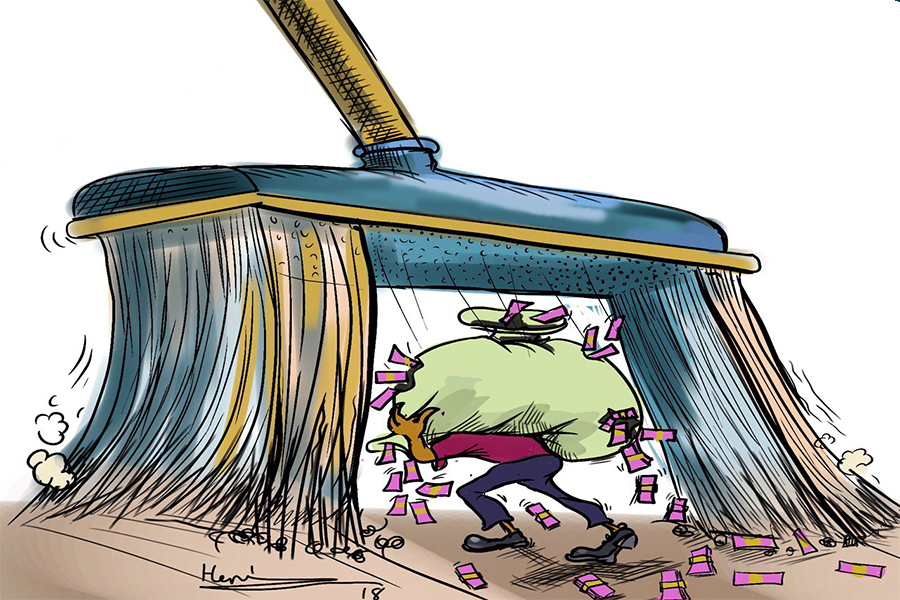
Oct 25 , 2025
The regulatory machinery is on overdrive. In only two years, no fewer than 35 new pro...
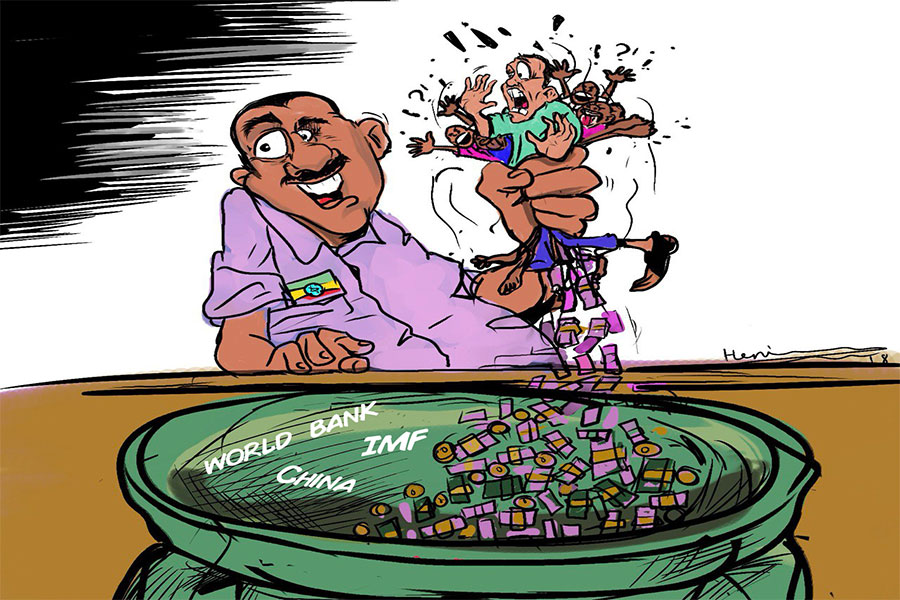
Oct 18 , 2025
The political establishment, notably the ruling party and its top brass, has become p...
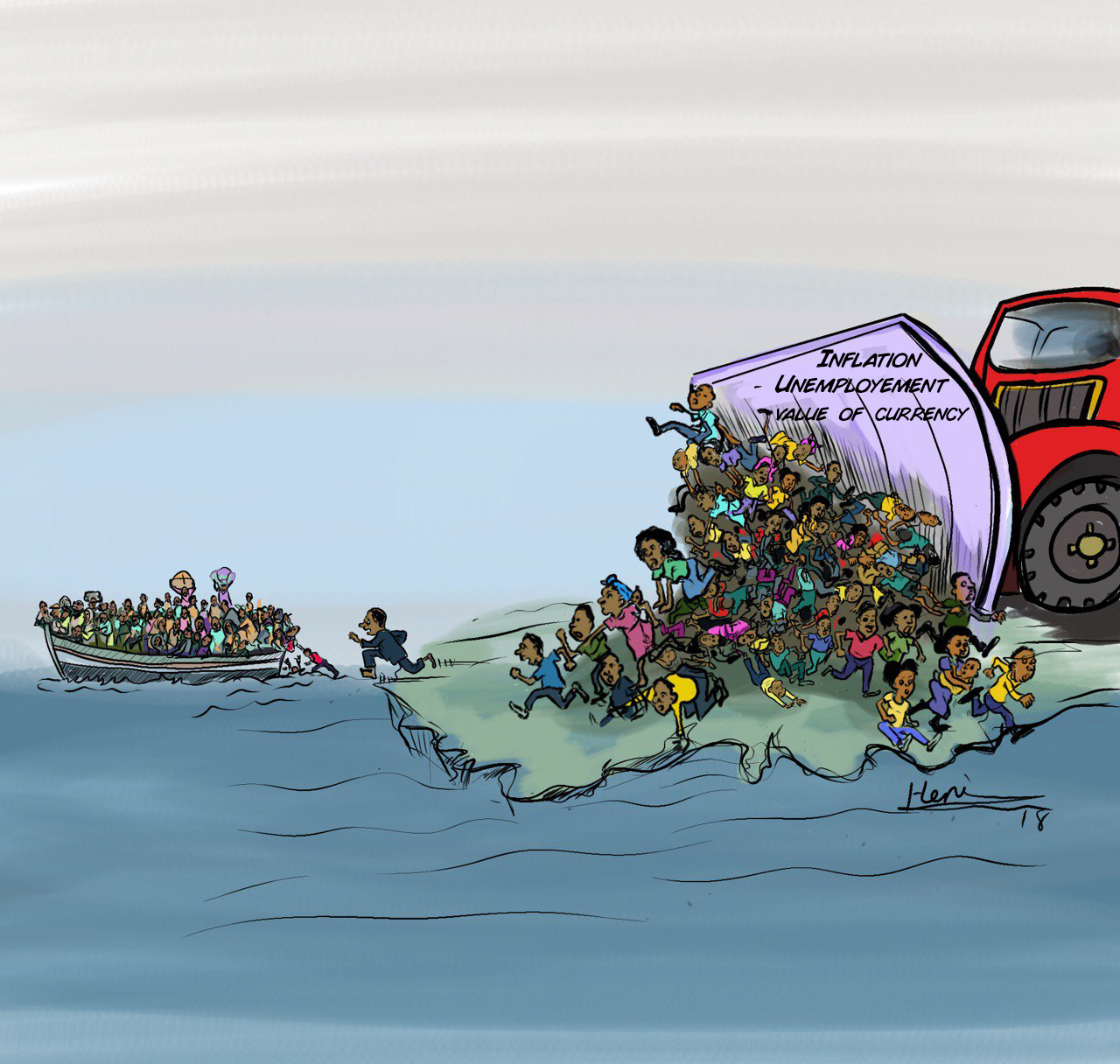
Oct 11 , 2025
Ladislas Farago, a roving Associated Press (AP) correspondent, arrived in Ethiopia in...
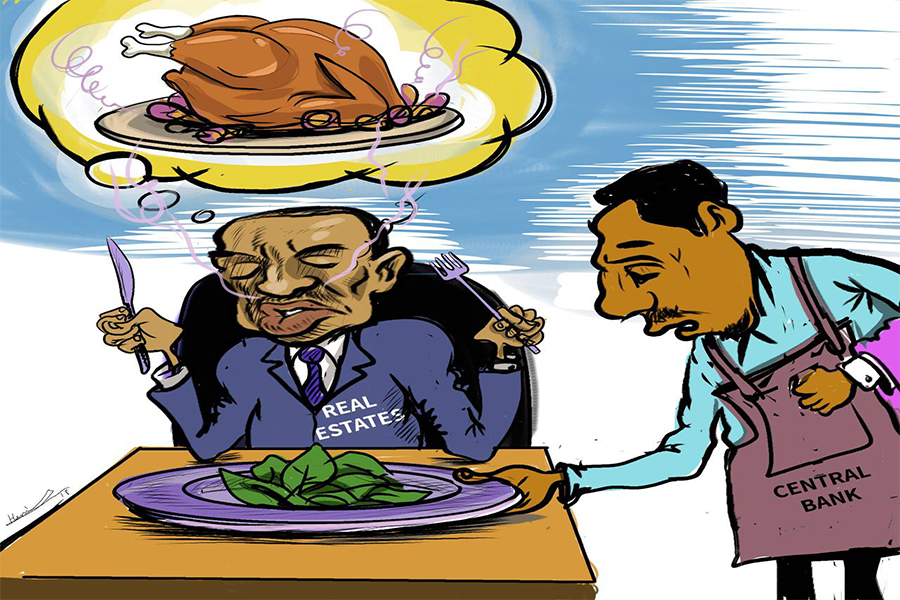
Oct 4 , 2025
Eyob Tekalegn (PhD) had been in the Governor's chair for only weeks when, on Septembe...